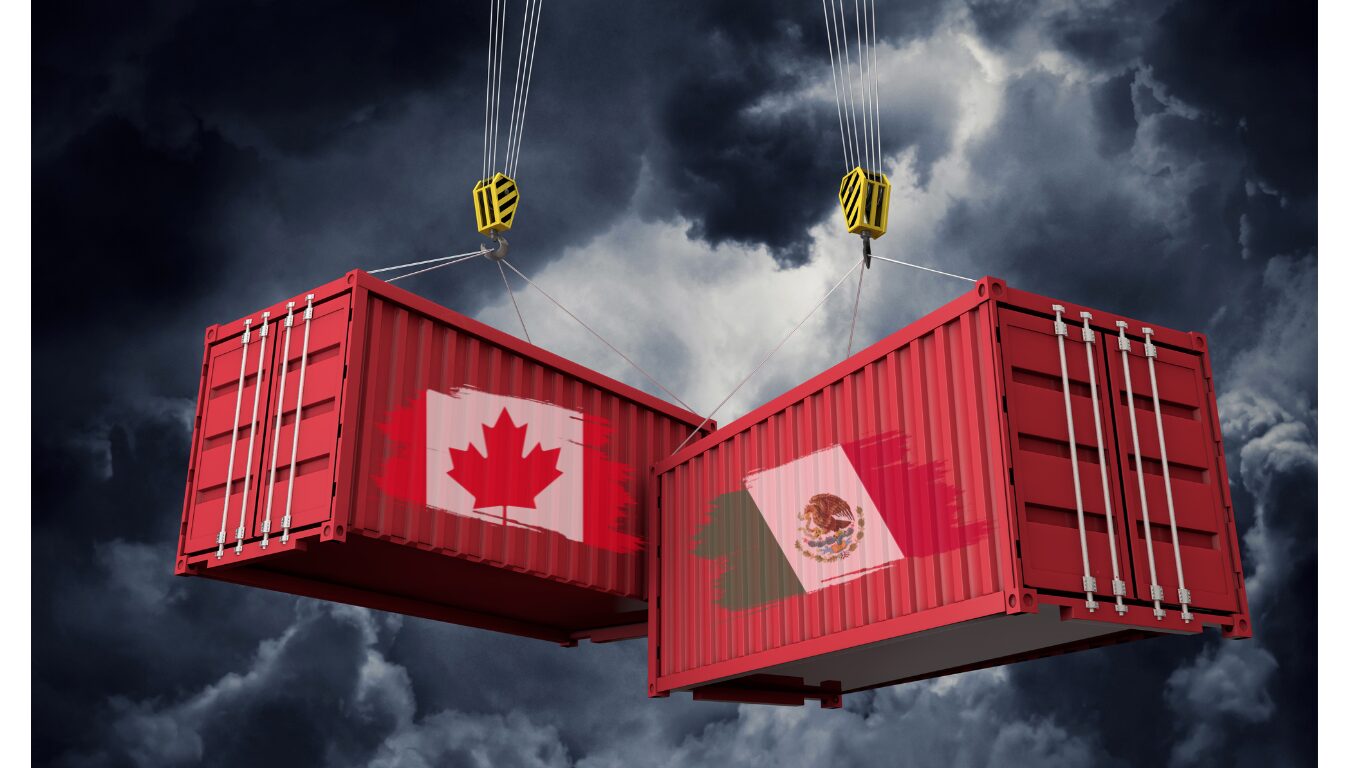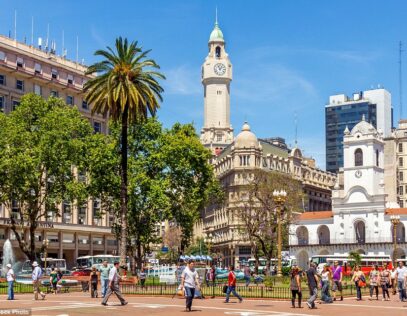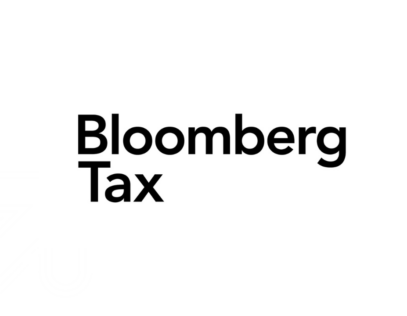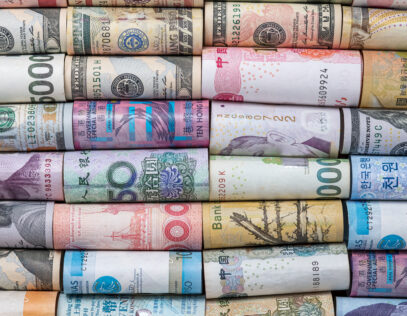There has been a substantial amount of talk about imposing tariffs on goods entering the US from Canada, Mexico, and China. The President just took office and has said that he will impose tariffs on February 1, potentially on all incoming trade. The new administration’s current plan is to assign tariffs of either 10 or 20 percent on all goods and from 60 to 100 percent on goods from China. There are many implications for consumers, but for corporate taxpayers, what does it mean for your transfer pricing?
The impact may be easy to see for certain goods, while others are not readily apparent. Let’s look at the staple you use to read this blog post: your computer, phone, or tablet. While there may be a few limited exceptions, almost all devices are made in China. If a 100% tariff is imposed on all imported computers made in China, will this automatically double the price of your next laptop? Like all good economic questions, the answer is, “It depends.” First, you generally do not know the cost paid by the company you’re buying the device from, so a doubling of the price won’t be evident to the buyer.
The seller has a variety of choices on how to proceed in the pricing of the item. They can pass on the entire amount of the new cost to the buyer, but this can influence the selling price differently. Assume that the seller has a pricing policy that is a simple markup of 20% of the purchase price of the goods. For transfer pricing, the impact should be negligible as the pricing policy hasn’t changed, so this should be a non-event.
But wait, there’s more! The cost of goods is only one part of the picture, and some other aspects and costs must be considered. The associated costs of maintaining a store or a warehouse also come into play. Depending on what energy is used for lighting and heating, these costs could also change. What and how they are entered into the internal pricing of goods will be affected.
To the extent that the seller is maintaining a retail location, there could be a longer tail to the pricing changes as many retail store leases have several covenants that the change in pricing policy could impact. One common element is the cost of basic rent plus a percentage of gross sales as additional rent. Of course, the increase in sales prices can also translate into higher overall sales prices for the store, which can then impact the amount of property taxes on the store, depending on local property tax assessment law.
But let’s return to our transfer pricing question: Will the pricing policy and the above changes affect the final transfer pricing result? The answer is it probably will impact it, and exactly by what measure is indefinite. The above outlines one limited-pricing model. A company may choose to absorb a portion of the new tariff and accept a lower selling price to be competitive, or it may choose to source goods from a different jurisdiction.
A company may also rearrange parts of its supply chain to have components assembled in another country or some other form of sourcing to mitigate the tariff’s impact. In such a case, taxpayers may have to comply in new jurisdictions and adhere to different documentation requirements—there could be new thresholds, deadlines, formats, or reports. In this situation, talking to a transfer pricing expert is well worth the cost of the call, as you’ll get advice based on your specific fact pattern.
So, what is the final answer? Like the best economists love to say, “It depends.”










